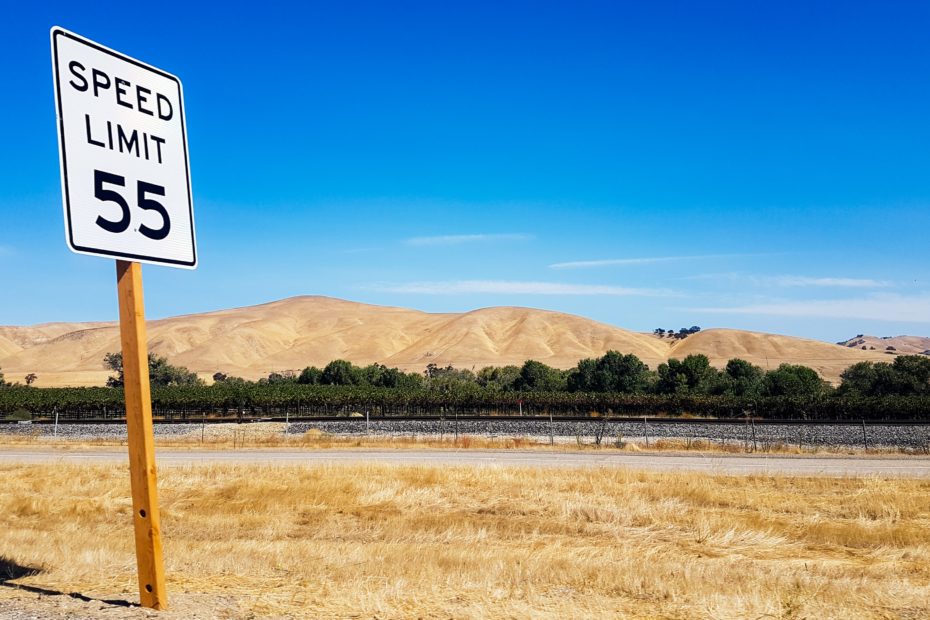The limit order is a very basic trade that allows an investor to buy or sell at a designated price or better, if at all. These trades may be set to last for a long time, and renewed as often as traders like until they are seen through (if the price of stocks concerned should ever see the marked limit price), but there are times when they are risky, and this risk is often unpredictable. Following is some beginner stock trading advice on when to use limit orders.
Limit Orders for Beginner Stock Traders
The limit order is a trade that lets investors set a limit price, and a buy or sell will only occur at that price or better, if the concerned security should reach it. For instance, a buy limit on a stock that is trading at $3 could be set up to purchase a specified amount of shares with a limit price of $2.50, and the exchange will follow through only at that price or less, if the price should drop to that while the order is live.
A limit sell for a stock that is possessed and presently trading at $3 could be set with a limit price of $3.50. The order will only finish when shares may be sold at that price or better while the order is live.
Disadvantages of Limit Orders in Stock Trading
These exchanges have disadvantages. Price surges, such as gaps, which can cause the price to plummet quickly or jump rapidly can cause the orders to finish, but sometimes that is not wanted when such movement is seen. For instance, referring to the examples above, if a stock is trading at $3 and an investor has a buy order with a limit price at $2.50, if the price should suddenly gap down to $1.90, the investor may want to think twice about buying (especially if the drop in price represents a breakaway gap, which signals a new, downward trend), as the stock might continue falling after such direct loss.
Conversely, in the buy example above, if a trader has some shares of a stock that is trading at $3, and he has a sell order with a limit price at $3.50, if the price should gap up to $4, it could continue rising, and the order’s being carried through could be premature, as the stock may rise more in value, and a later, higher sell would then be ideal.
Beginner Stock Trading Advice on Limit Orders
Beginner stock traders should know that the above scenarios are certainly possible with limit orders. If rapid price changes are possible, a stop-limit order is best, as it protects from buying too low or selling too high by using a stop price component. However, even when a stock slowly and steadily continues its course, it may reach the limit buy or sell value, but, if it does, it is still liable to keep on its downward (in a buy) or upward (in a sell) course, which could be bad for those with the order. Here, a trailing stop order is much safer.
When to Use Limit Orders
Only use this order if the security concerned is not expected to gap (there is little gap risk) or trend strongly in one direction. Often, limit buys that are only good for the day of their activation are the only safe ones to use, as there is little chance of their gapping, and they protect against the basic component “buy at market value, whatever it is” of the market order. For instance, if a stock is trading at $3, and an investor wants to buy right away, as long as the price is not over $3.10, a limit order with $3.10 as the limit price might be carried out right away. If the price suddenly did jump to over that, the order would not be carried out, though a quick market order would buy at any value.
The limit order has a very useful component. It allows traders to buy and sell at their specified price or better, but sometimes, a price that is too good can indicate a trend which leads to premature buys or sells. Stop-limit orders protect against these, though for day trades, limit orders are much safer than trades at whatever market value is.
By clicking on the click and signing up for an account, I earn a commission, no extra on your part 🙂
